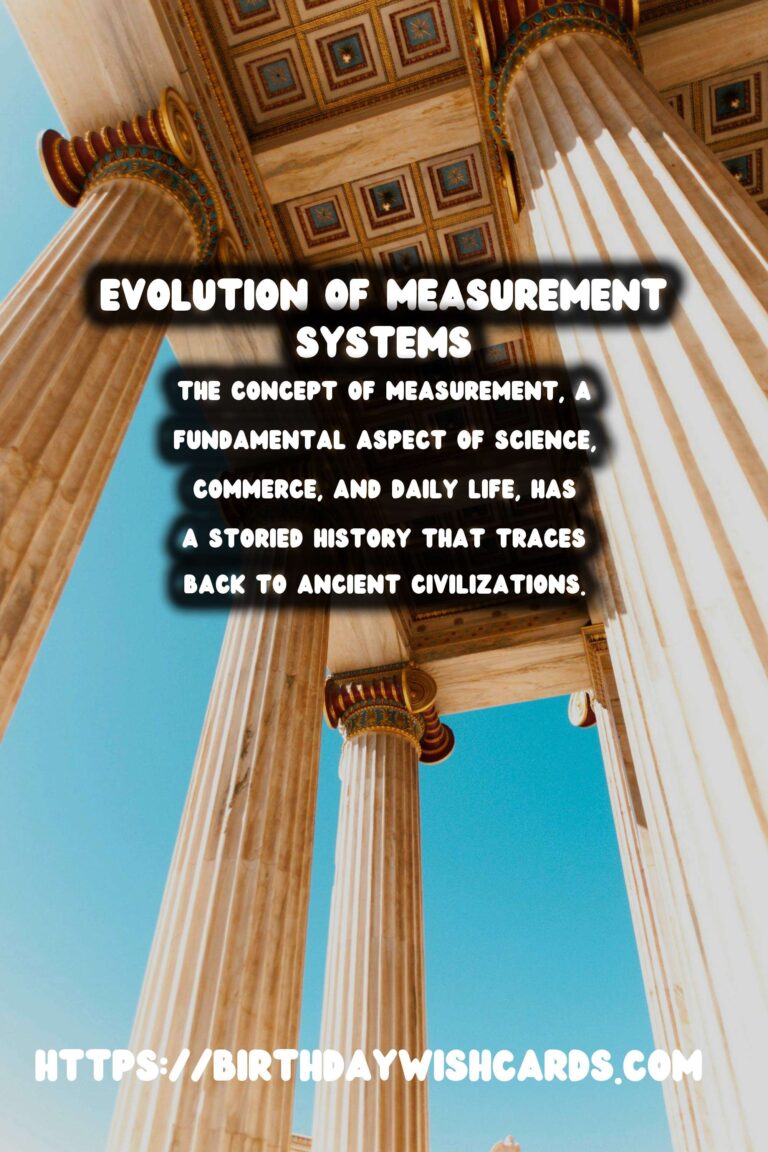
The concept of measurement, a fundamental aspect of science, commerce, and daily life, has a storied history that traces back to ancient civilizations. Over the centuries, the systems of measurement have evolved, reflecting technological advances and the need for standardization in a complex, interconnected world.
Ancient Measurement Systems
The earliest measurement systems were devised thousands of years ago. Ancient civilizations such as the Egyptians, Babylonians, and the Indus Valley inhabitants developed unique units to quantify and compare aspects of their environment, trade, and construction.
In ancient Egypt, the cubit was the standard unit of length. Defined as the length of a forearm from the elbow to the tip of the middle finger, the cubit was crucial for the construction of architectural marvels like the pyramids.
The Babylonians, on the other hand, are credited with developing one of the first numerical systems, which relied heavily on a base-60 system. This system influence can still be seen today in the way we measure time (60 seconds in a minute) and angles (degrees).
The Middle Ages: Units of Commerce and Trade
During the Middle Ages, European trade necessitated a more unified system of measurement, particularly for commercial purposes. Different regions had used varying measurements, leading to confusion and inefficiencies in trade.
In England, King Henry I standardized the yard, defined as the distance from the king’s nose to the thumb of his outstretched arm. Despite its arbitrary origin, the yard became an essential unit that would persist in the English-speaking world for centuries.
The necessity for reliable measurement systems in Europe continued to grow as commerce expanded, laying the groundwork for more systematic approaches that emerged during the Enlightenment.
The Enlightenment and the Metric System
The Enlightenment brought about scientific curiosity and innovation, which prompted the rethinking of measurement systems. The metric system was developed in France during the 18th century, a revolutionary advancement that aimed to eliminate the chaos of the previously varied systems.
The metric system is based on rational and natural principles, such as using divisible powers of ten. This facilitated its adoption in scientific communities and eventually in international trade, given its simplicity and uniformity.
Modern Measurement Systems
Today, the International System of Units (SI system) is the most widely used system, encompassing seven base units from which all other units can be derived. This includes units such as the meter for length, the kilogram for mass, and the second for time.
The modern systems have ensured precision and standardization in scientific research globally, empowering researchers to collaborate and share findings with consistency and clarity.
The Impact of Measurement on Society
The advancement of measurement systems has far-reaching impacts beyond scientific and commercial realms. Accurate measurements influence architecture, engineering, medical advancements, and even global communication technologies.
In an era where data-driven decisions shape our lives, from financial markets to climate policy, the precision and standardization offered by modern measurement systems play a pivotal role in enabling accurate, equitable, and sustainable progress.
Conclusion
From ancient units like the cubit to the comprehensive SI system that dominates today, the evolution of measurement reflects human ingenuity and the enduring quest for precision and order. As we advance into the future, the history of measurement will continue to serve as a cornerstone of progress.
The concept of measurement, a fundamental aspect of science, commerce, and daily life, has a storied history that traces back to ancient civilizations. The advancement of measurement systems has far-reaching impacts beyond scientific and commercial realms. 
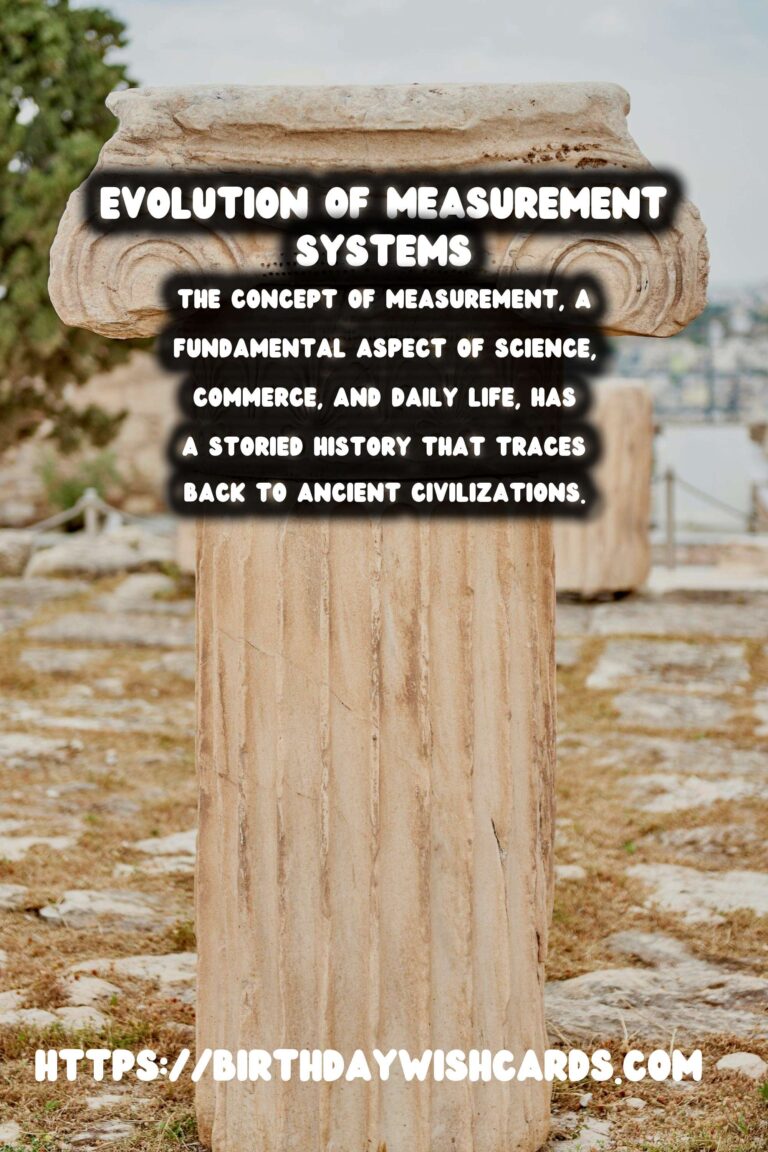

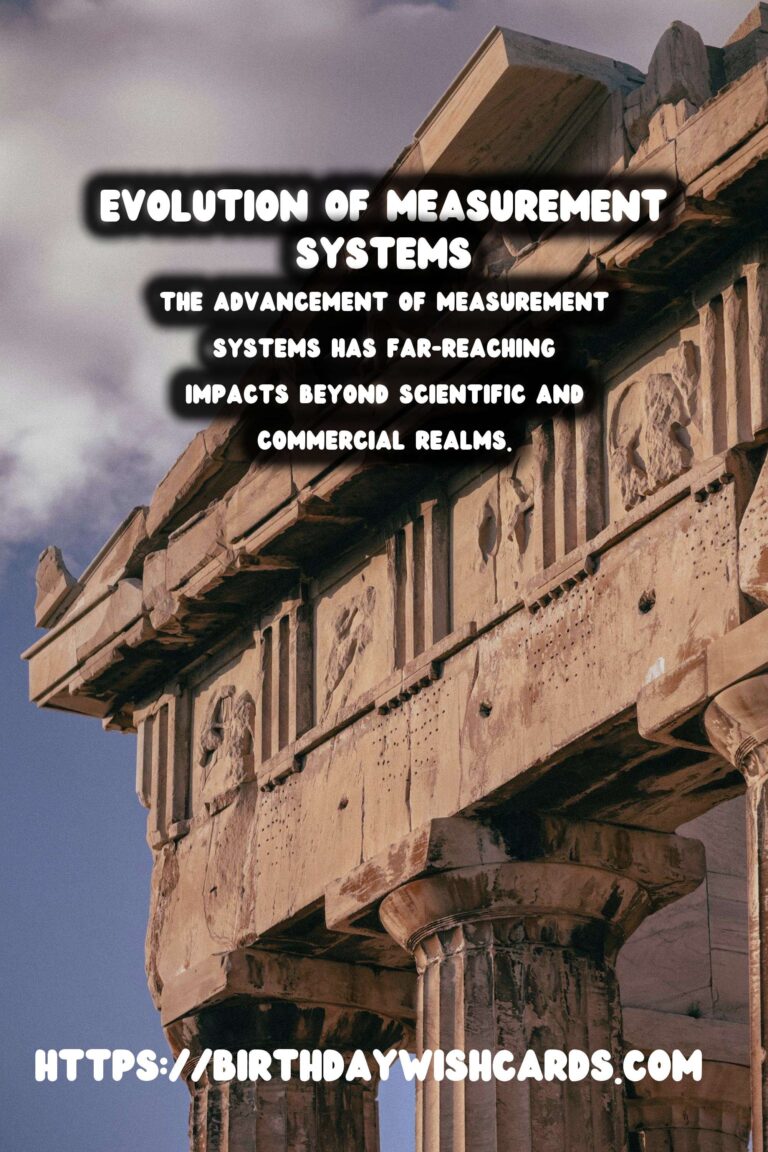


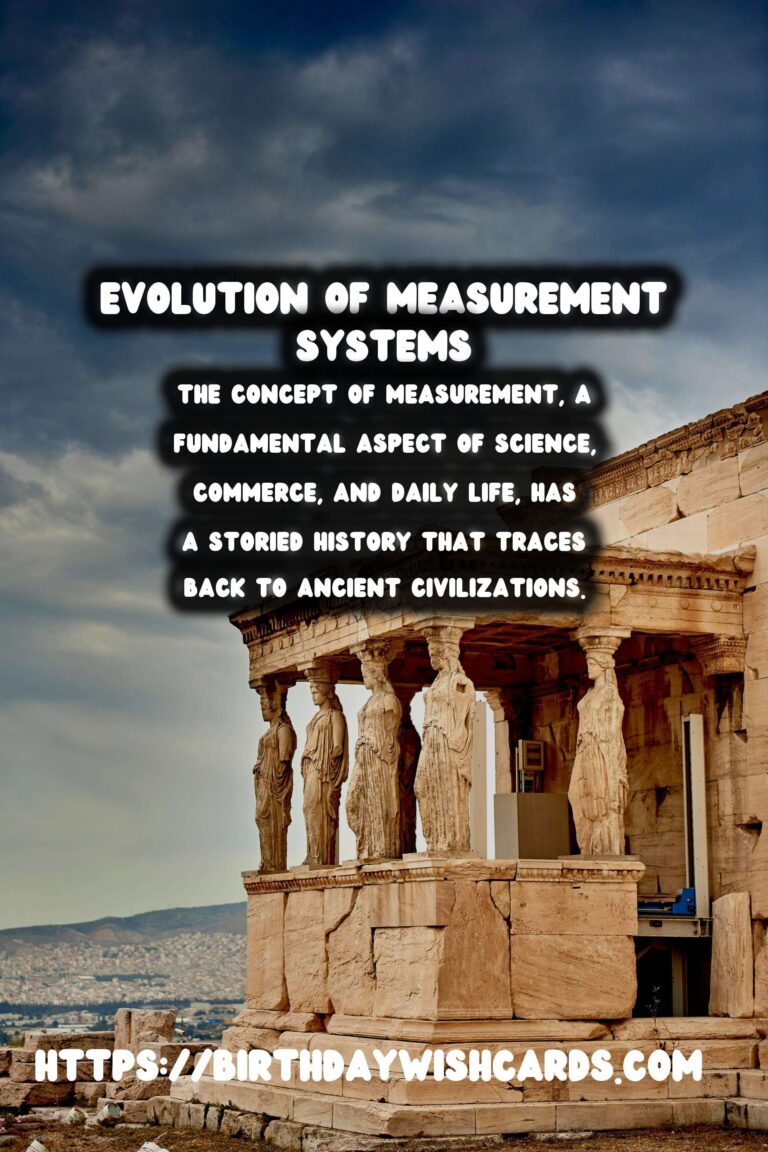


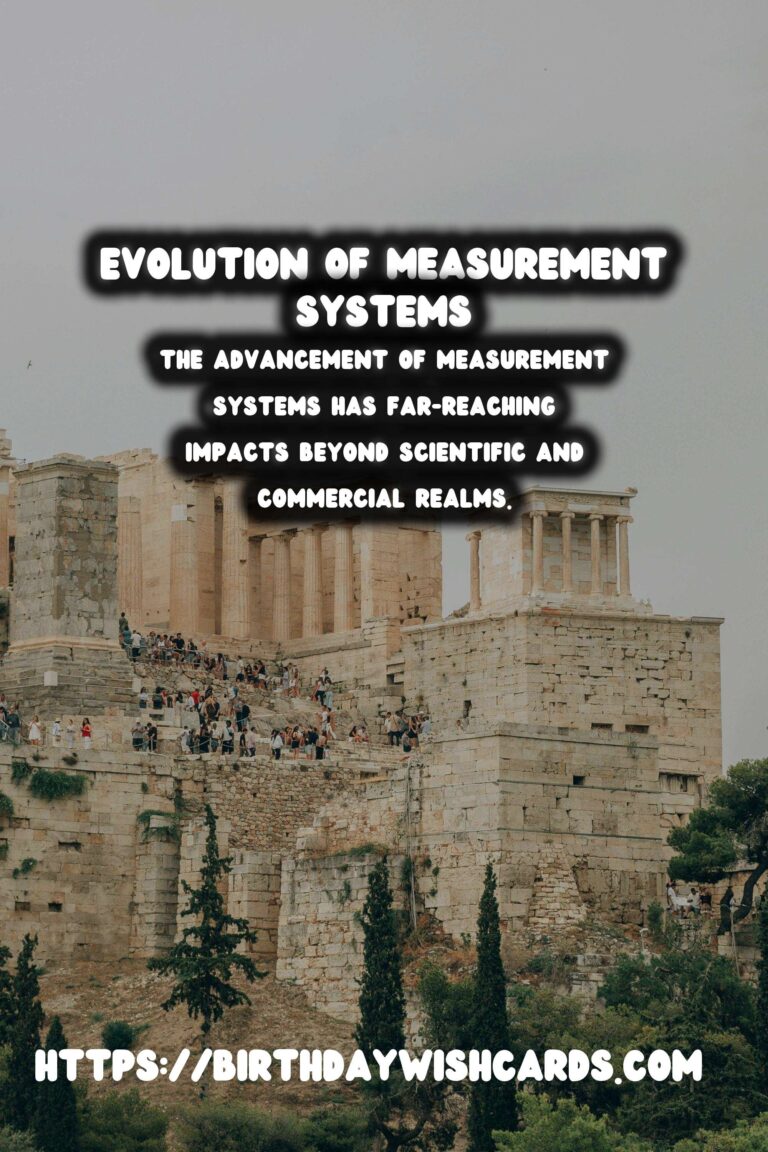
#MeasurementHistory #AncientToModern




